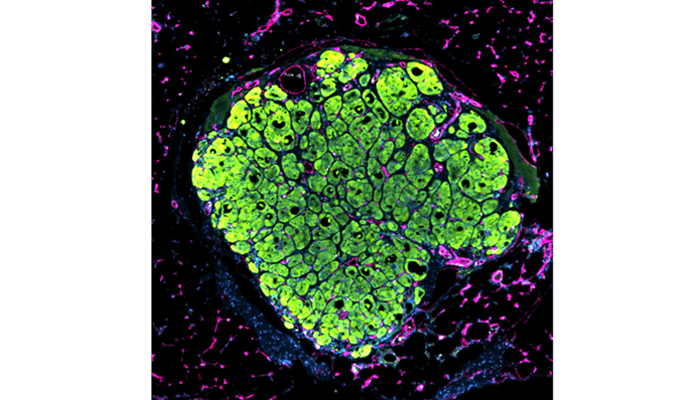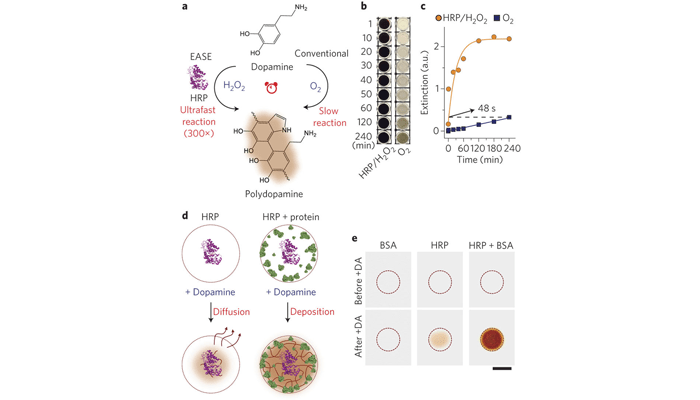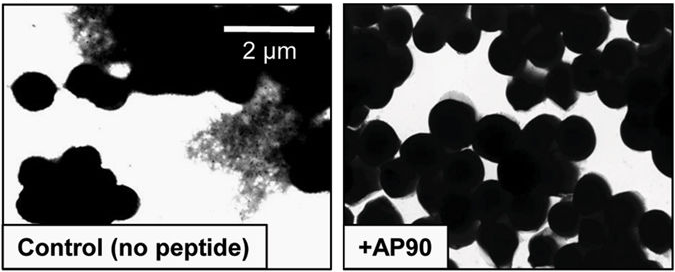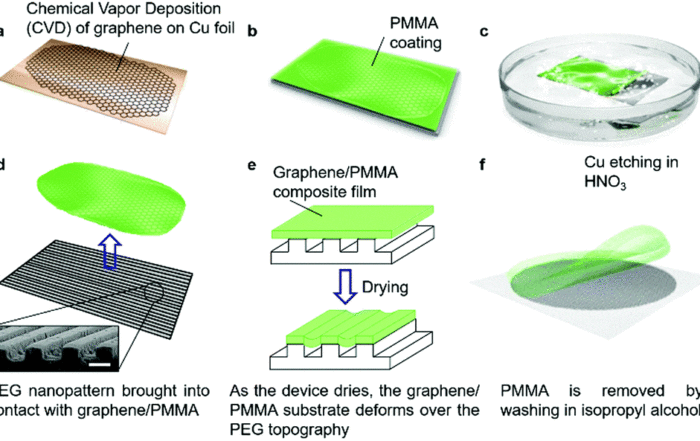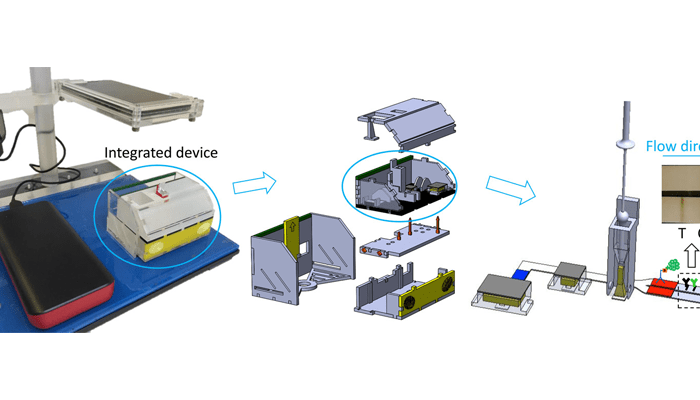Fast and sensitive HPLC–MS/MS method for direct quantification of intracellular deoxyribonucleoside triphosphates from tissue and cells
This study validates a fast and sensitive HPLC–MS/MS method for direct quantification of intracellular dNTPs from tissue. Compared to existing methods, this study presents a faster and more sensitive method for dNTP quantification.
In situ expansion of engineered human liver tissue in a mouse model of chronic liver disease
Stevens et al. fabricated artificial liver seeds in biomaterials that were able to grow after implantation into mice in response to liver injury, and began to carry out normal liver functions. The work offers an approach to study organ development and a possible strategy for organ engineering.
Dramatic enhancement of the detection limits of bioassays via ultrafast deposition of polydopamine
The researchers report a simple, universal "add-on" technology (EASE) that converts the ordinary sensitivities of common bioassays to extraordinary ones. They demonstrate that EASE facilitated increased sensitivity of ELISA-based detection of HIV, and enabled the direct visualization in tissues of the Zika virus and of low-abundance biomarkers for neurological diseases and cancer immunotherapy.
Designed a-sheet peptides suppress amyloid formation in Staphylococcus aureus biofilms
The researchers have designed small proteins that can inhibit the formation of biofilms, common sources of infection for hundreds of patients worldwide, especially with those who have implanted medical devices. Their designed anti-a-sheet peptides suppressed the formation of biofilm in S. aureus, a bacteria resistant to many drugs, by about half, and prevented aggregation of infectious proteins through their binding mechanism.
Micro- and nano-patterned conductive graphene–PEG hybrid scaffolds for cardiac tissue engineering
Dr. Kim and colleagues demonstrate a method for producing cardiac tissue scaffolds with anisotropic electroconductive properties using PEG-graphene substrates.
Disposable autonomous device for swab-to-result diagnosis of influenza
The researchers demonstrate a prototype of a self-contained, automated, disposable device for chemically amplified protein-based detection of influenza virus from nasal swab specimens. The device was tested in a clinical setting and was well received by patients and clinicians, further inspiring further optimization of the device.




